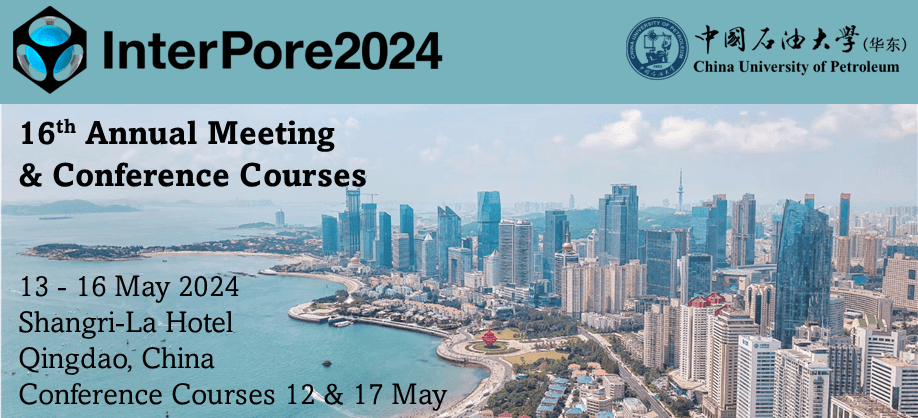Speaker
Description
Investigating the distribution patterns of hydrates in the pore spaces of sedimentary rocks and their resistivity characteristics is crucial for understanding and predicting the storage and extraction of natural gas hydrates. However, CT and resistivity joint measurements indicate that while the distribution of Tetrahydrofuran (THF) hydrates in sandstone sediments is similar to that in conventional oil and gas reservoirs, the resistivity measurements do not fully conform to the Archie model. This discrepancy arises because the formation of THF hydrates is a dynamic process which involves fluctuations in hydrate saturation, formation water salinity, temperature, and spatial distribution, making it challenging to accurately characterize these variables using traditional resistivity measurements. To address this issue and gain a deeper understanding of the complex petrophysical relationships in THF hydrate sediments, this study established digital rock based on the hydrate distribution from in-situ CT scans by segmenting the three-dimensional grayscale images of the sediments. The spatial distribution of hydrates within the sediment pores was then simulated using the Diffusion-Limited Cluster Aggregation (DLCA) model. Subsequently, the resistivity of sediments at various hydrate saturations is determined using the finite element method. The results show that at low hydrate saturations, hydrates exist in a dispersed form within the pores, while at high saturations, they are distributed in cementing or encapsulating forms, enhancing the structural integrity of the sediments. Furthermore, analysis of the aggregate morphology, including changes in gyration radius and fractal dimension, effectively reflects the evolution of the structure. The combined results from experimentation and simulation demonstrate that varying hydrate saturations significantly influence the distribution forms and their impact on resistivity: at low saturations, hydrates have a minor effect on resistivity, whereas at high saturations, extensive hydrate formation and distribution patterns lead to a rapid increase in resistivity. Overall, this study offers novel insights and methodologies for understanding the petrophysical characteristics.
Keywords:THF hydrate formation, Resistivity measurements, Digital rock, DLCA model, Finite element method.
| Country | 中国 |
|---|---|
| Conference Proceedings | I am interested in having my paper published in the proceedings. |
| Acceptance of the Terms & Conditions | Click here to agree |




.jpg)
